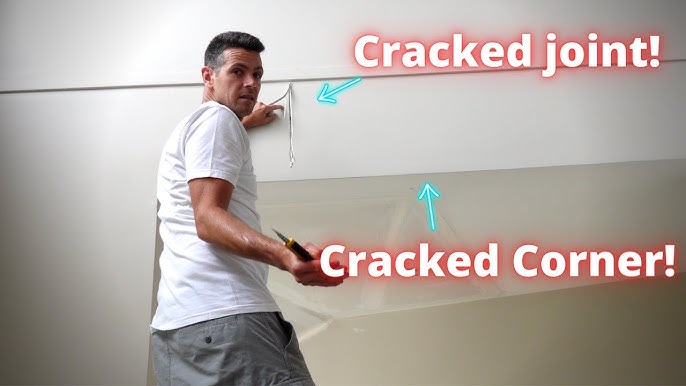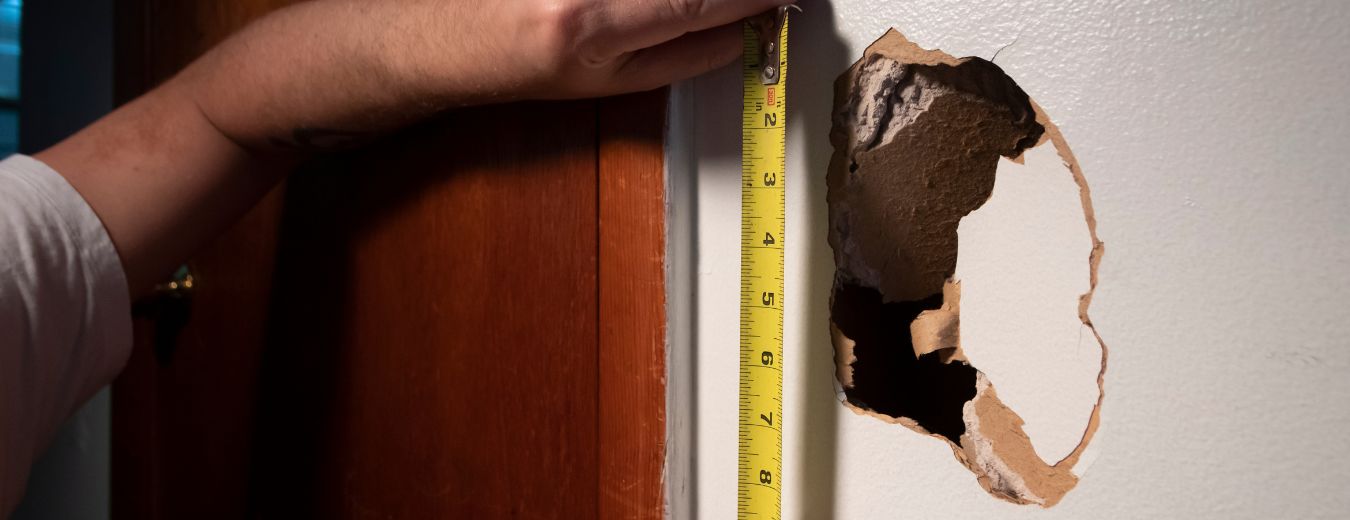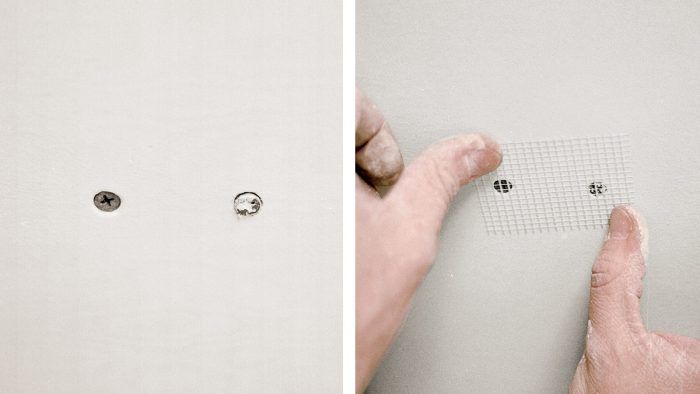Learn about the benefits of hiring trusted drywall contractors for your next Interior Painting project.
Discover the most effective Practices for Effective Drywall Fixing and Installation
The art of drywall repair and installation calls for a blend of skill and accuracy. Mastering the necessary tools is vital for accomplishing a seamless finish. Comprehending the detailed procedure can make a substantial difference in the outcome. Proper methods for taping and mudding are also critical. What continues to be is the understanding of upkeep that ensures long life. These elements with each other produce a sleek outcome worth checking out better.

Essential Devices for Drywall Repair and Installment
When embarking on drywall repair service and installment, having the right tools can greatly improve the effectiveness and high quality of the job. An utility knife is vital for cutting drywall sheets exactly, while a drywall saw can aid in making a lot more elaborate cuts. Taping knives, offered in different dimensions, are important for using joint compound smoothly and evenly. A drywall sander, preferably with a dust collection function, assists attain a polished coating, lowering the demand for substantial clean-up.
Furthermore, a gauging tape warranties accurate measurements, and a level ensures that installations are straight and plumb. Safety equipment, including dust masks and goggles, should not be overlooked to secure versus particles and dust. A stud finder aids in locating mounting participants, assuring secure installation. By equipping oneself with these crucial tools, the repair work and setup process becomes extra manageable and causes a professional-quality outcome.

Step-by-Step Guide to Patching Holes
Patching holes in drywall requires a methodical approach to ensure a seamless repair service. The area around the hole need to be cleansed and any type of loose debris eliminated. For small openings, a putty knife can be used to apply a lightweight spackle, pushing it into the opening and smoothing the surface area. After it dries out, sanding is important to produce a flat coating. For bigger holes, a patch of drywall may be required. This entails cutting an item of drywall slightly bigger than the opening, protecting it to the wall surface with screws, and utilizing joint compound to cover the seams. Once the compound dries, it ought to be fined sand smooth. Ultimately, topping the patched area before painting will certainly assure an even coating. Adhering to these actions will certainly result in a professional-looking repair that mixes seamlessly with the bordering wall surface.
Strategies for Smooth Drywall Installation
Accomplishing smooth drywall installment needs cautious planning and execution. First, it is crucial to reduce and determine drywall sheets properly to decrease voids. Using an energy blade, installers ought to score the board before snapping it along the cut line, making sure tidy edges. Properly straightening the sheets is crucial; beginning with the top and working down helps maintain harmony.
Fastening drywall to the studs calls for consistent spacing, usually every 16 inches, utilizing screws rather than nails for much better hold. This strategy decreases the danger of stands out in time. In addition, surprising the seams in between sheets enhances architectural honesty and decreases the visibility of joints.
Finally, making use of the right moved here thickness of drywall for certain areas-- such as moisture-resistant enters washrooms-- further adds to a perfect finish. Complying with these methods will certainly lead to a professional-looking and smooth setup, setting the stage for the succeeding ending up processes.
Finishing Touches: Insulation and Mudding
Completing touches, such as taping and mudding, play an important function in attaining a polished drywall surface. Taping entails applying a slim strip of drywall tape over the seams and joints, ensuring a smooth appearance. This process helps prevent cracks and creates a strong bond between drywall sheets. It is vital to select the appropriate kind of tape, with paper and fiberglass fit together being the most typical alternatives.
Mudding, or using joint compound, follows taping. This compound completes spaces and smooths out the surface area for a consistent surface. It is usually applied in numerous layers, with each coat requiring to completely dry before sanding. Proper technique entails feathering the sides to blend the compound right into the surrounding drywall, reducing exposure.
When completed properly, taping and mudding enhance both the architectural and aesthetic honesty of the drywall installation, resulting in a professional-quality coating.
Tips for Keeping Your Drywall After Installment

Furthermore, maintaining a constant interior humidity level can protect against warping or mold development. Utilizing a dehumidifier in wet areas, like cellars, is recommended. It's also beneficial to regularly paint areas that reveal wear, as this shields the underlying product. When moving furnishings or mounting components, caution check my reference ought to be worked out to avoid harming the drywall. By adhering to these maintenance pointers, homeowners can prolong the life of their drywall, protecting it continues to be an appealing attribute of their interiors.
Frequently Asked Inquiries
What Safety And Security Gear Is Essential for Drywall Repair and Setup?
For drywall repair work and setup, necessary security gear includes safety goggles to secure eyes, dust masks to avoid inhalation of particles, gloves for hand security, and knee pads for convenience throughout extended kneeling. drywall contractor.
Exactly how Do I Figure Out the Drywall Thickness Needed for My Job?
To establish the drywall density required for a task, one should think about the wall's read review architectural requirements, regional building regulations, and the planned use of the space, commonly choosing 1/2-inch or 5/8-inch drywall.
Can I Repair Drywall Without Removing Furniture From the Space?
Yes, drywall can be fixed without getting rid of furniture from the room. Careful preparation and safety actions can reduce mess, permitting efficient repair services while maintaining bordering products secure from dirt and damage during the procedure.
What Kinds of Drywall Are Best for Different Atmospheres?
Moisture-resistant drywall is ideal for restrooms and cooking areas, while soundproof drywall suits shared walls in apartment or condos. Fire-rated drywall is best for garages, and basic drywall functions well as a whole living areas, making sure toughness and viability for different settings.
How much time Does It Consider Drywall Mud to Dry Entirely?
Drywall mud generally takes 24 to 48 hours to completely dry totally, relying on aspects like humidity and temperature (drywall contractors). Thicker applications may require longer drying out times, while thinner layers can dry a lot more rapidly. Correct ventilation aids drying
The art of drywall repair and installment requires a blend of ability and precision. When undertaking drywall repair work and installment, having the right devices can greatly enhance the efficiency and top quality of the work. An utility blade is essential for cutting drywall sheets precisely, while a drywall saw can help in making a lot more detailed cuts. Accomplishing seamless drywall installation demands mindful preparation and implementation. Moisture-resistant drywall is perfect for kitchens and washrooms, while soundproof drywall fits shared walls in apartments.